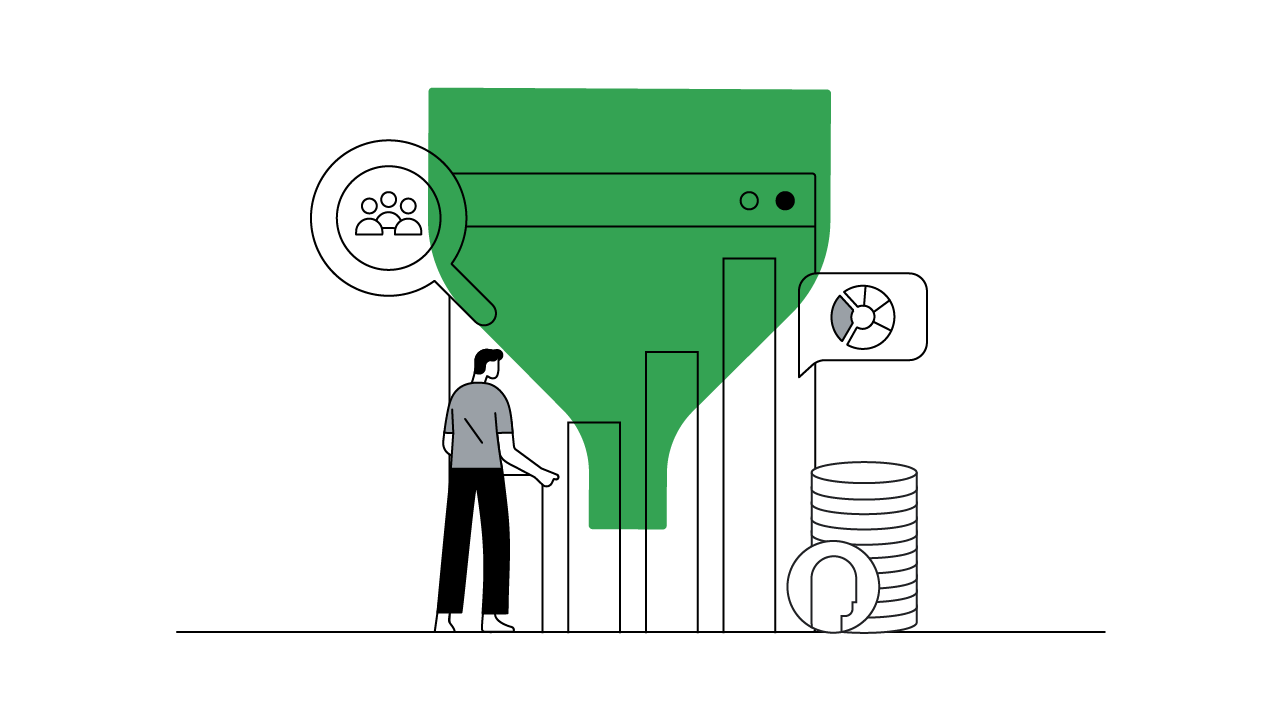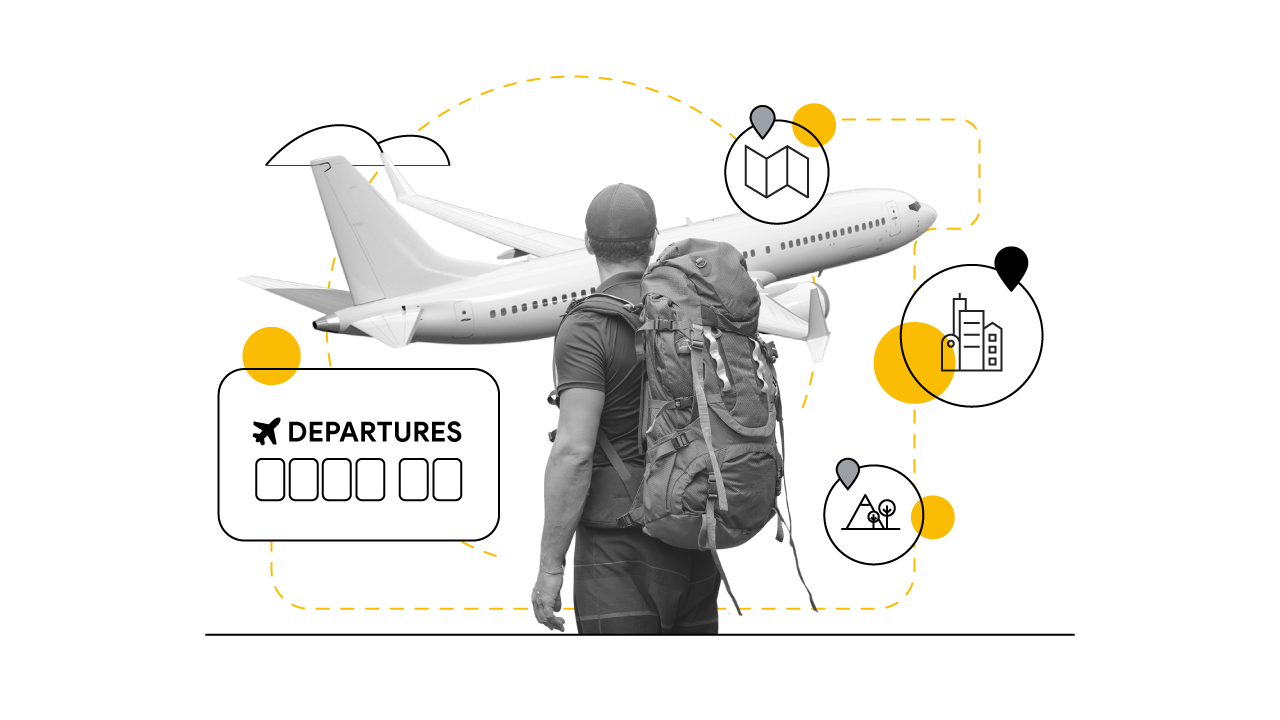Bart Buiring, Marriott’s APAC chief marketing officer and 20-year veteran of the hospitality brand, shares the hotel chain’s recipe for emerging from the pandemic stronger.
It’s no secret that hotels have been one of the hardest-hit industries during COVID-19, and at Marriott, we aren’t immune to the pandemic’s effects. But in navigating these difficult times, our teams in APAC have demonstrated tremendous resilience and agility by zeroing in on an untapped domestic opportunity in food and beverage (F&B).
Our approach to recovery is based on an understanding that going hyperlocal doesn’t have to be a disruptive transformation project. We’ve prioritised local consumers and focused on deepening collaborations between industry, technology, and digital partners to anticipate and meet local needs.
Ahead of the times: A pivot toward F&B
With the slowdown in international travel, we knew we had to focus on domestic consumers to move forward. We set out to learn more about how our customers’ needs and expectations were shifting and we conducted a number of customer forums to uncover trends around domestic leisure and travel. We found that domestic travellers were craving luxury and relaxation, and that domestic tourism was likely to recover first, along with wellness tourism and travel experiences that cater to younger travellers.
We saw an opportunity to meet these changing traveller trends with our F&B offerings. Our experience with international customers taught us that eating and drinking like a local is an essential part of any travel experience, it helps people feel connected to a destination. So, our recovery approach was to be the favourite destination where locals come to meet, eat, and drink.
It helped that we were ready for this pivot. Even before COVID-19, we had been focusing on attracting a primarily domestic audience to our restaurants and bars. We also have a portfolio of exceptional dining experiences. Our F&B offerings accounted for 40% of our business, and up to 50% for some of our luxury brands such as The Ritz-Carlton, St. Regis, and W.
Putting collaboration before transformation
Before responding to these rapidly changing travel trends, however, we made sure our team was set up for success.
What people were searching for and the restaurants they booked helped us identify marketing actions that could lead to conversions.
Our first step was to adopt the scrum workflow model to help our large F&B team, our Publicis agency, and our partners at Google collaborate quickly and easily across multiple work streams simultaneously.
This project management framework helped us set up meetings, work tools, and roles efficiently. It also kept us closely aligned on deadlines and next steps and provided everyone with clear direction on how to tap Google’s marketing expertise to make progress. This approach increased the efficiency of our operations by 300%.
Understanding local insights to scale efficiently
Our next step was to focus on understanding our local customers to help sharpen our marketing campaigns and reach the right people with relevant F&B offerings.
To better understand our domestic consumers’ digital behaviours, we used insights gathered from the more than 1,300 listings we have on Google My Business. Based on what people were searching for, where they were shopping, and what restaurants they booked, we were able to determine which marketing actions would lead to purchases or reservations.
Our teams then dug into restaurant and bar listings to understand how people were searching for F&B venues. Knowing the platforms and key search words that lead locals to our F&B venues enabled us to refine our targeting and creative strategies around Search, social, and programmatic media to improve conversions.

Armed with all this information, we made use of our existing Marriott Bonvoy loyalty rewards program to launch a new F&B rewards program where domestic customers can earn loyalty bonuses without travelling overseas. We were able to connect locals with the right F&B offers, and do so without major overhauls to our platforms or systems. Over the course of six months, we drove $1.7 million in incremental value from F&B.
Connecting the dots between online and offline to optimise results
While we could gather insights from our digital listings to optimise online campaigns, we weren’t able to measure their impact on offline sales or bookings made via other platforms. As a result it was difficult to attribute actualised revenue to our media efforts. To get a clearer understanding of how our media drives footfall to our venues, and how it can be further optimised, online to offline measurement became a top priority.
Online to offline measurements helped us optimise our media campaigns and drive greater ROI.
We used store visit conversions in APAC countries where this measurement is available, such as Japan, Australia and Singapore, to measure the foot traffic driven by Google Ads campaigns and optimise our efforts based on real offline sales at stores. In other markets, we relied on Google Ads and Google My Business data such as calls, orders, or driving directions to measure conversions and gather insights to improve campaign performance.
The results were very pleasing. By using tools to gather insights across multiple touchpoints, our team could optimise campaigns and achieved an omnichannel ROI of 12X, far exceeding our initial target of between 3X and 5X.
Going hyperlocal doesn’t require a big business transformation. Take it one step at a time, collaborate with the right digital partners, and gather data and insights to get a true picture of people’s needs. This approach has helped us respond to customers’ needs, even when they change quickly, during the pandemic.






